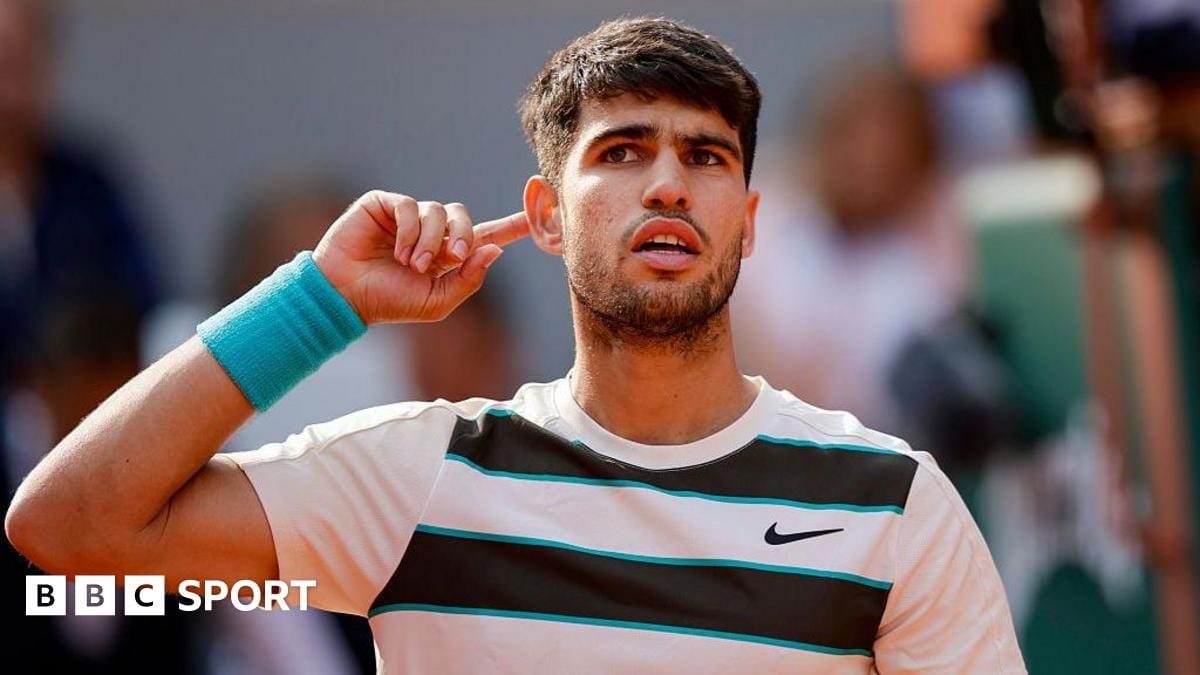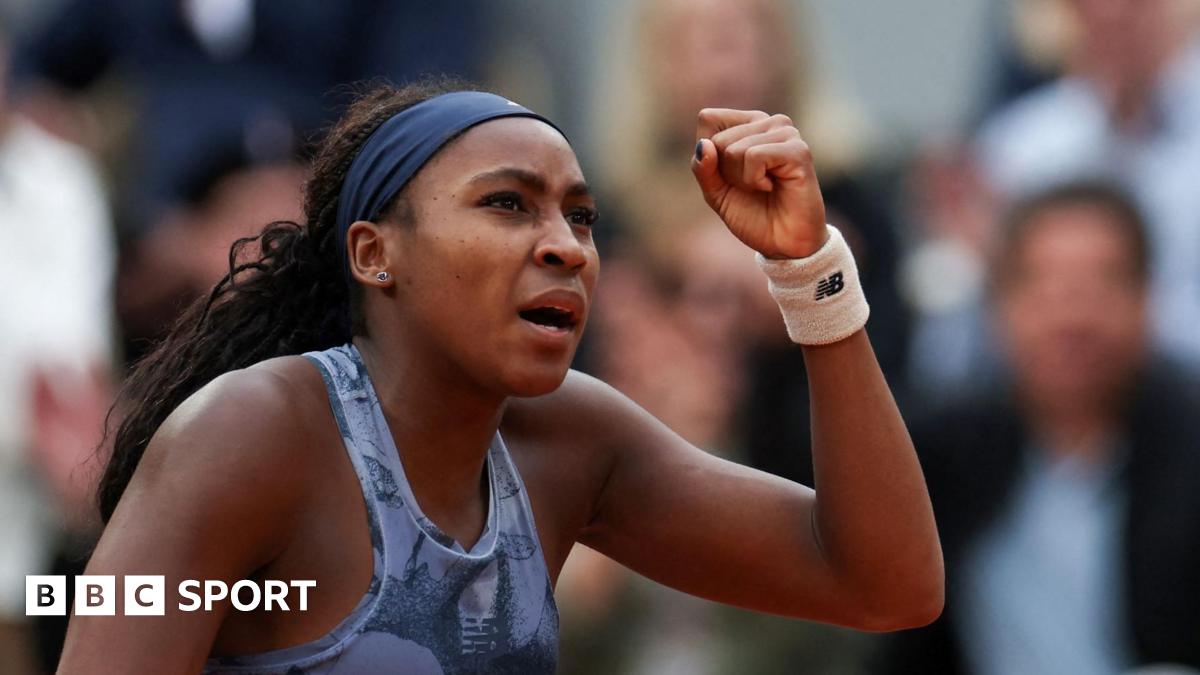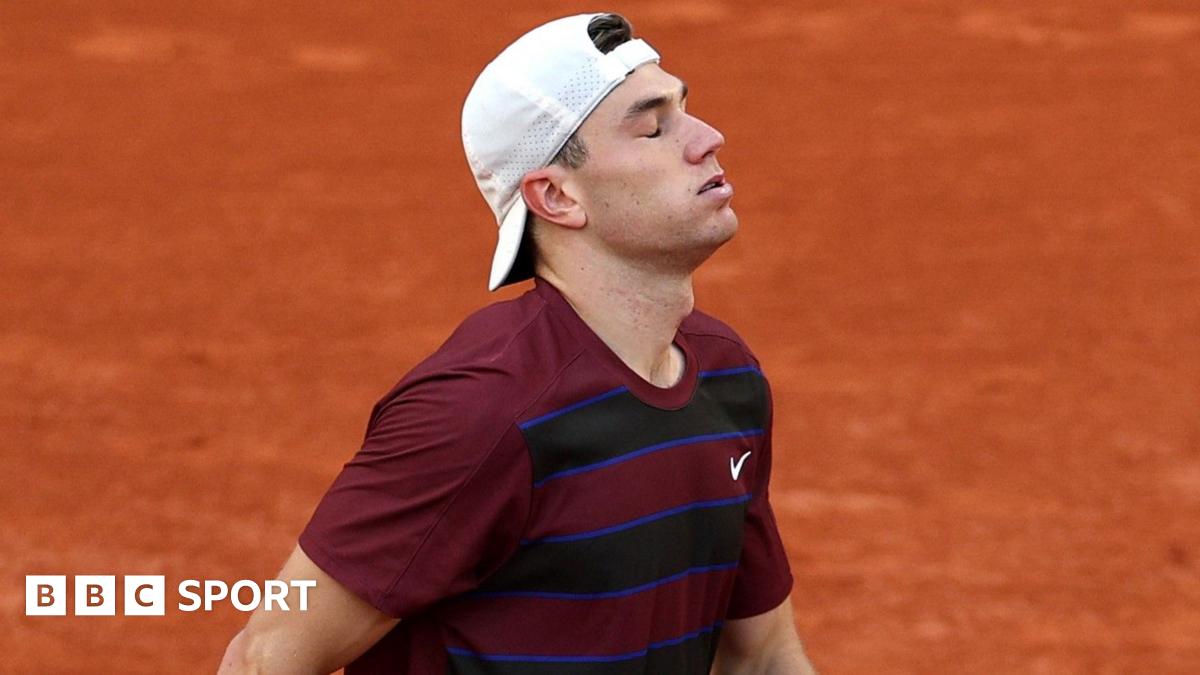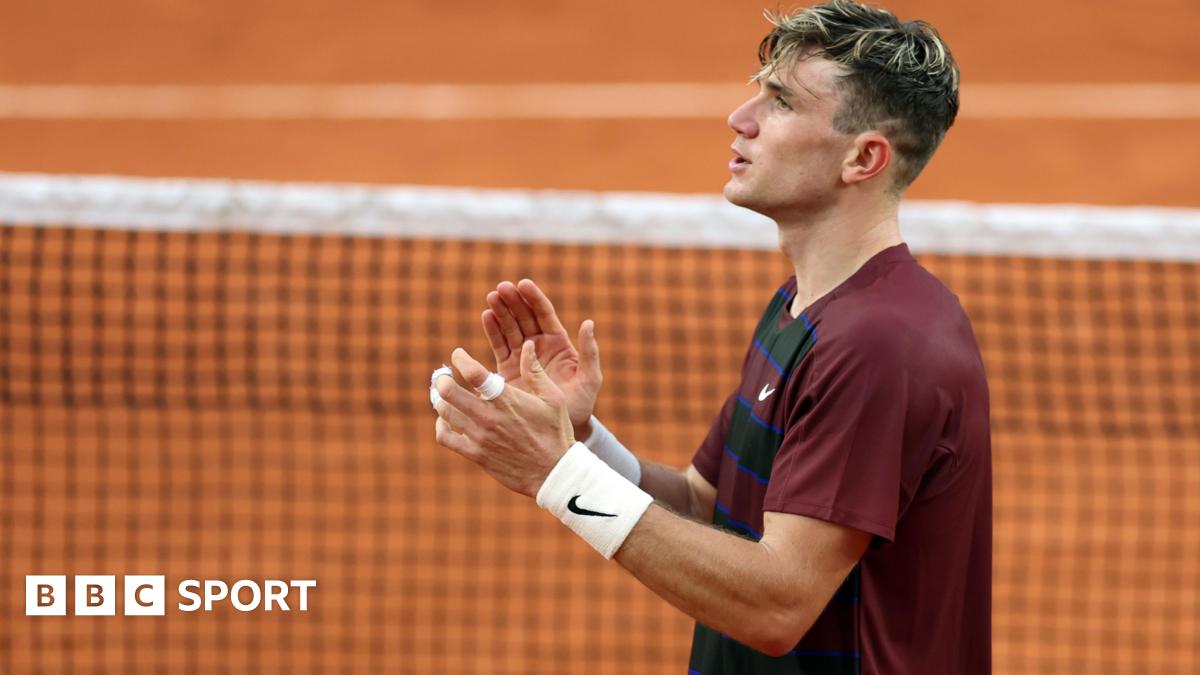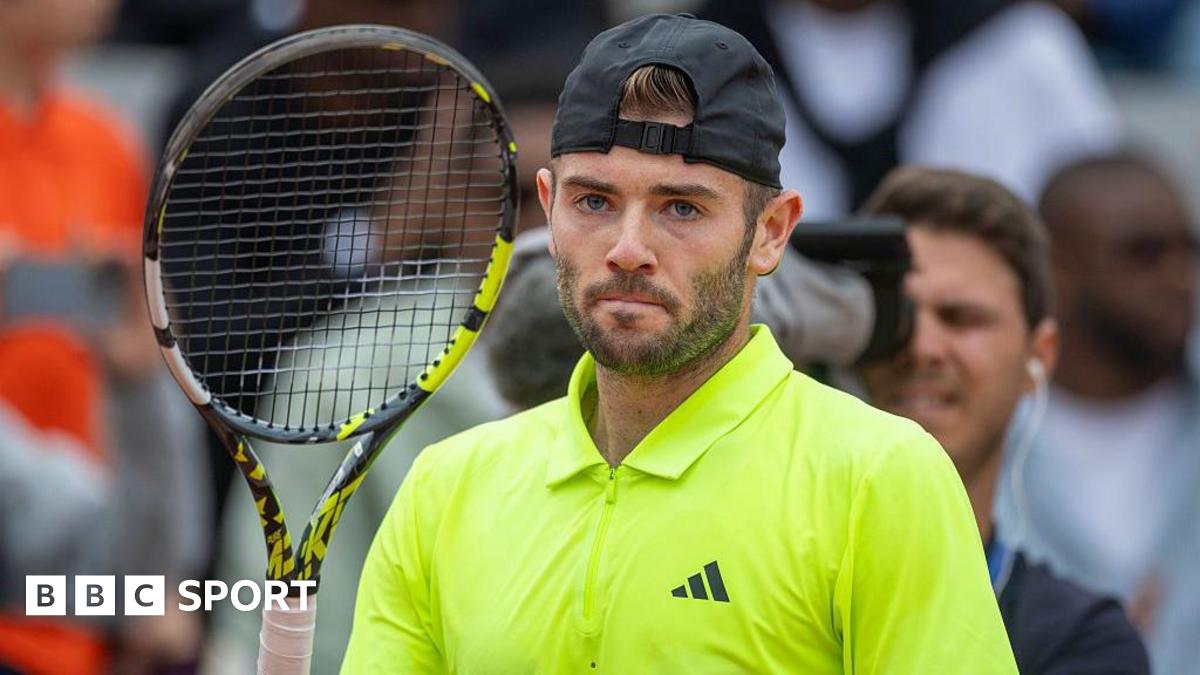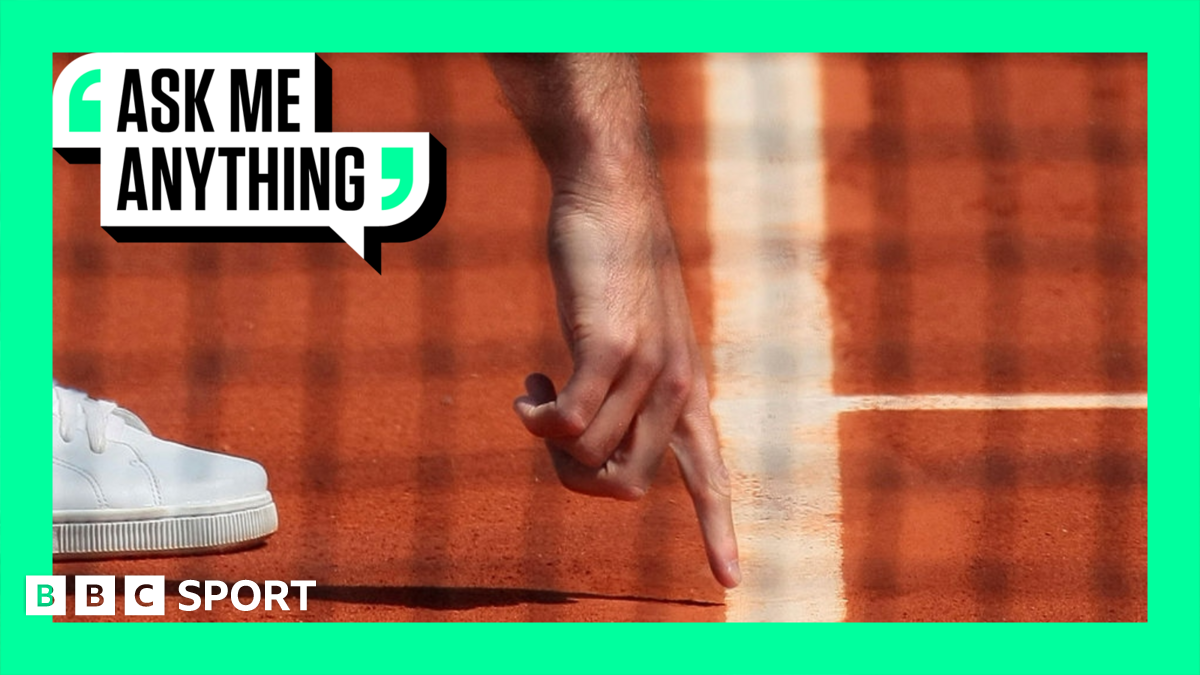French Open 2025 final: Praise for ‘King Carlos’ Alcaraz and Jannik Sinner after epic Roland Garros showpiece
With an opening game lasting 12 minutes, it felt inevitable that the final between the two best players in the world would be a marathon.
In the end, Alcaraz and Sinner put everything on the line for five hours and 29 minutes – the longest French Open final in history.
Just as the fifth set got under way at around 18:45 BST, British player Naomi Broady had to make the call to alter her travel plans.
“I’ve just changed my Eurostar ticket because I think it is safe to say I’m not going to make the 9pm one,” Broady said on BBC Radio 5 Live.
It was worth it, with an emotional Broady saying afterwards she felt “so lucky that I got to be here to witness this”.
“It feels like this is absolutely going to be a historic moment of our sport,” she added.
Former British number one Greg Rusedski likened Alcaraz to Hungarian escapologist Harry Houdini, while on TNT Sports, commentator Nick Mullins crowned him “King Carlos the second – the red king in the longest Roland Garros final”.
“Carlos certainly didn’t invent tennis, but he is perfecting it,” former British player Mark Petchey added on TNT Sports.
